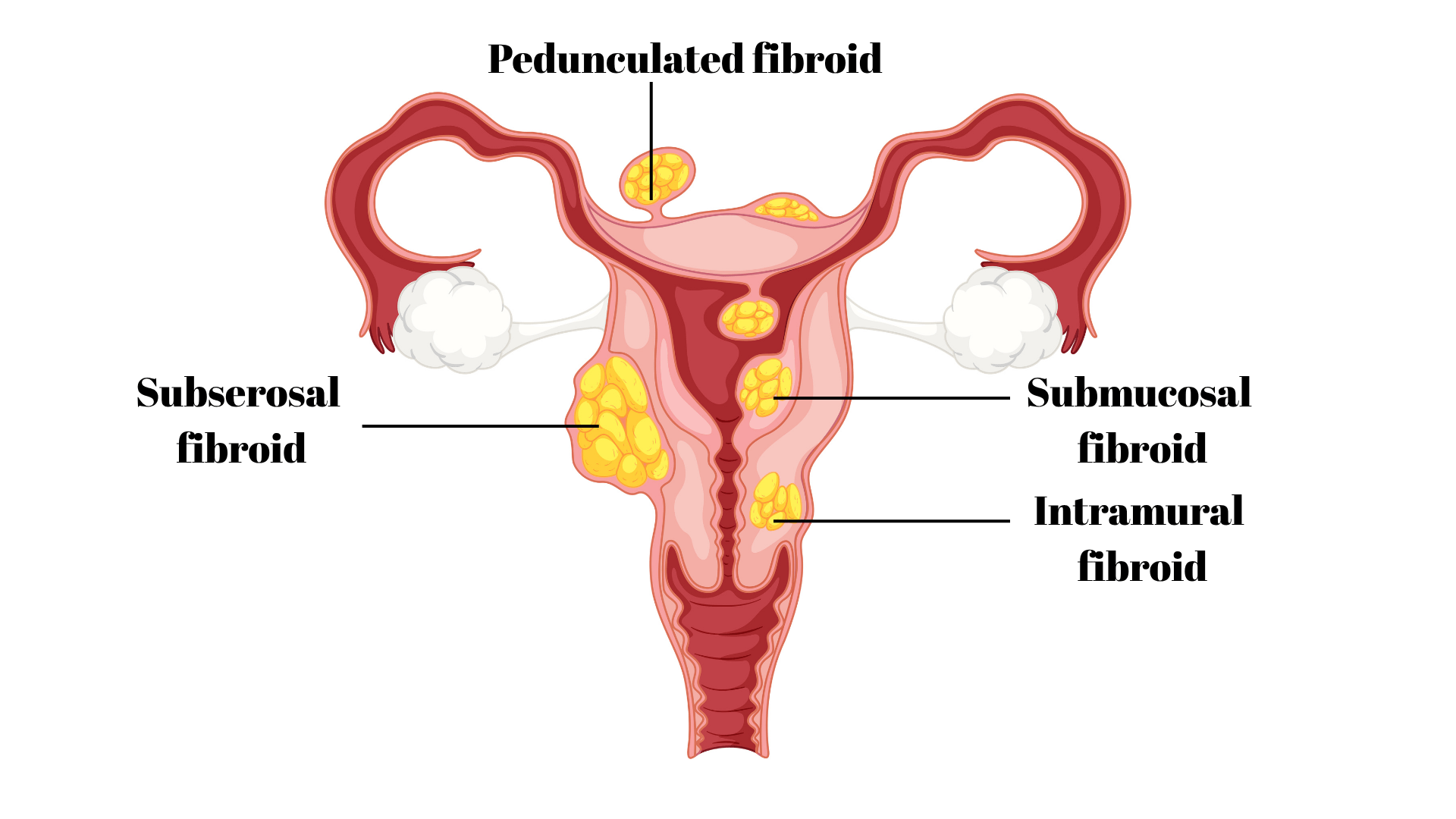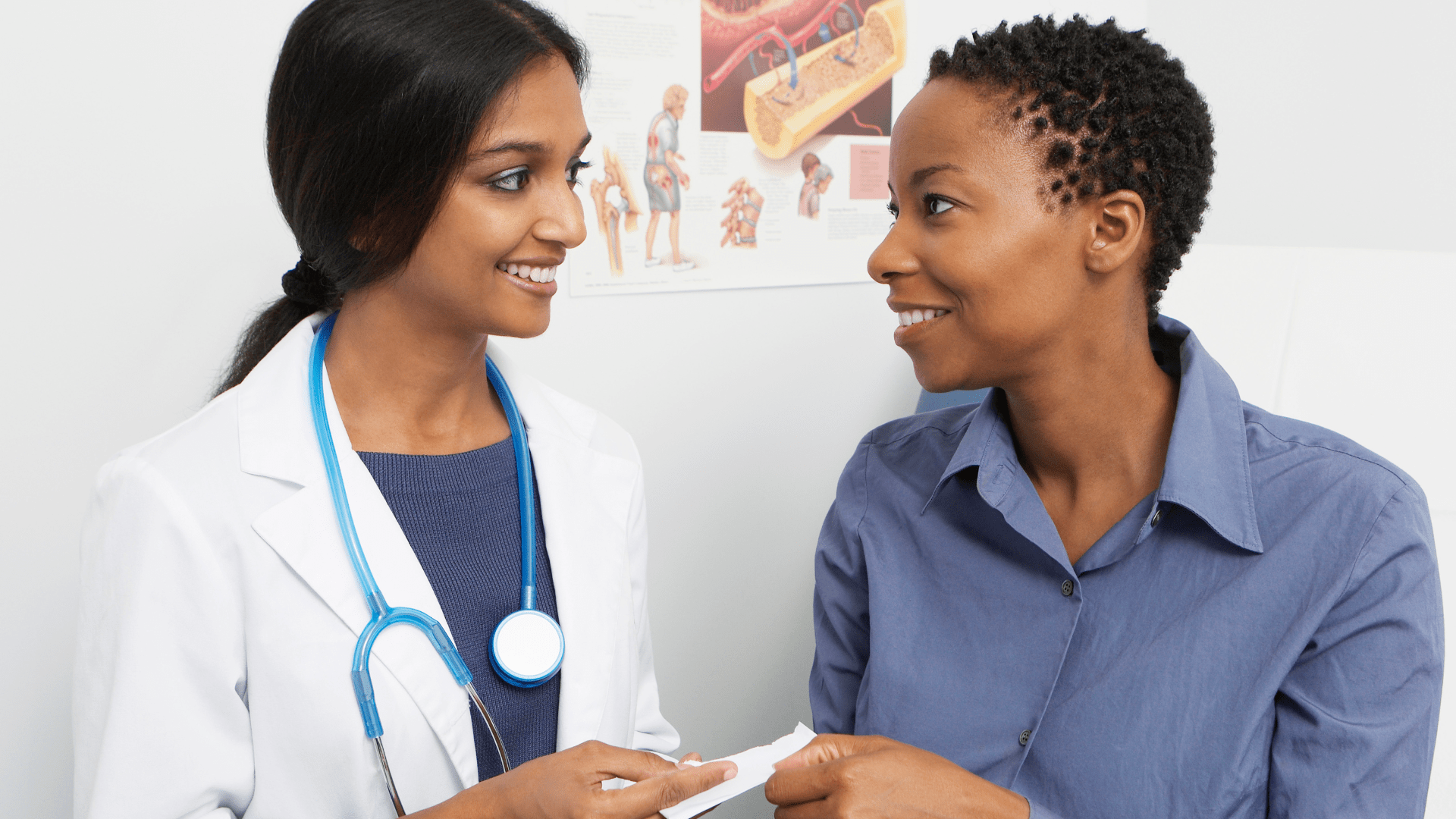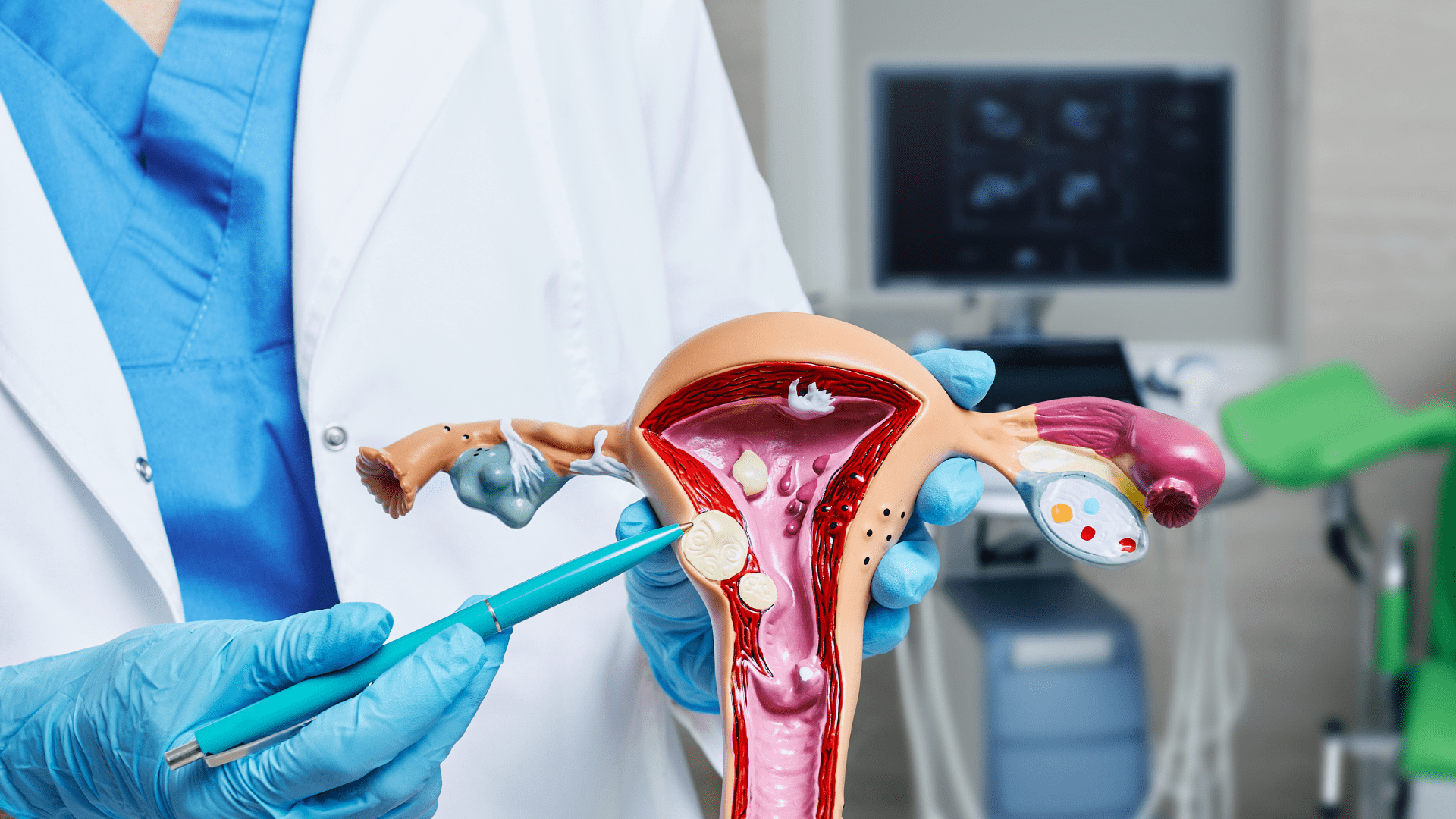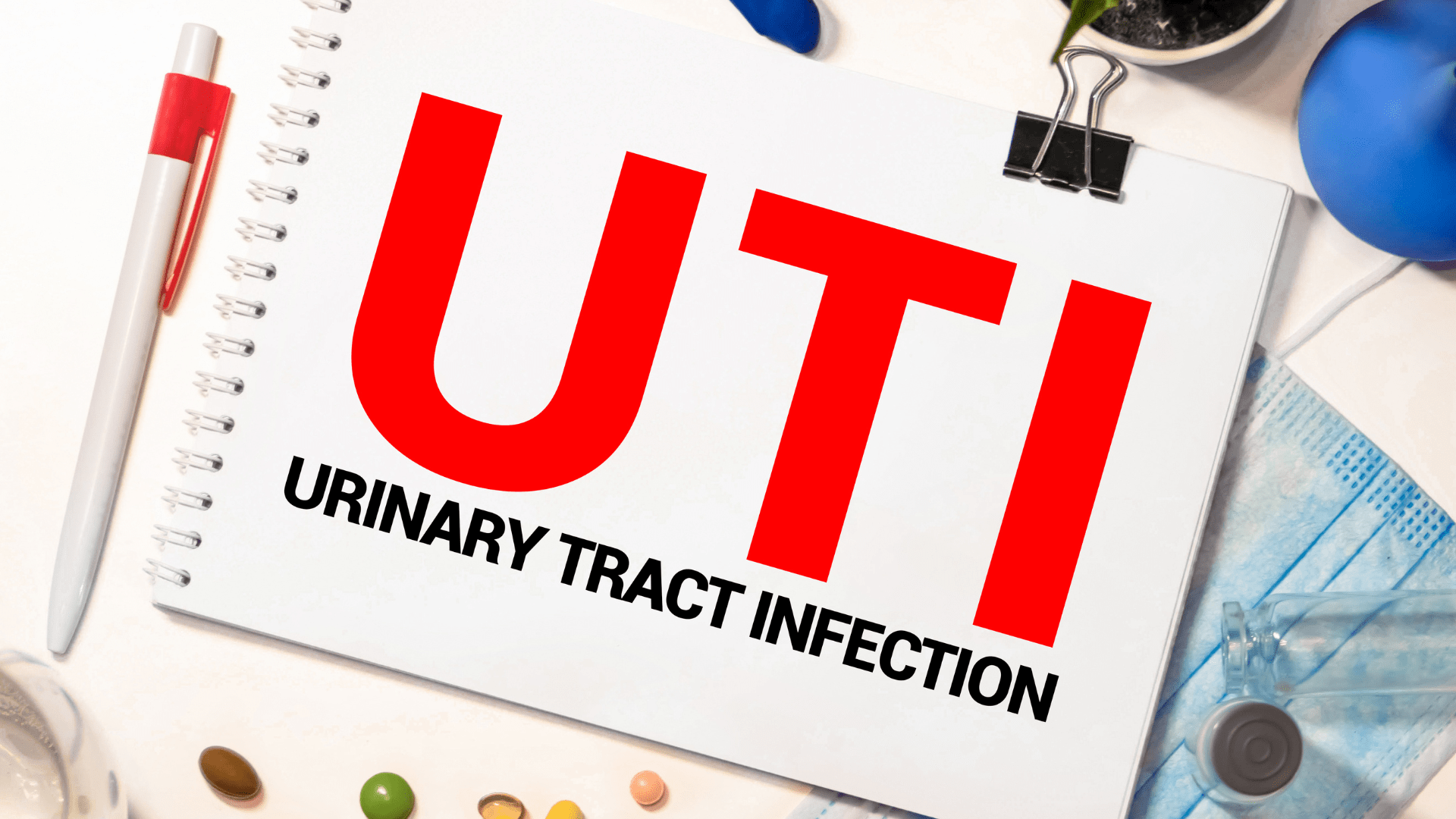You’re living your best life, drinking water, and minding your business, and then you go for a check-up and they tell you you have fibroids.
You’re wondering why, and then before you know it, one know-it-all random stranger on the internet is blaming you for being too wayward, one aunty says it’s a spiritual husband that caused it because you didn’t marry early, and now five different people keep telling you to try one herbal drink that they swear will flush everything.
All you want are real answers, and we’re here to give you what you need. We’re talking about what fibroids really are, their causes, the loud and sneaky symptoms, and the treatment options that actually work.
What Are Fibroids?

Fibroids, or uterine fibroids (because uterus = womb), are non-cancerous growths that form on or inside the womb. They are made up of the same kind of muscle your womb is made up of (smooth muscle in medical terms), but they show up where they are not meant to be – annoying and stubborn, right?
Now, while they might not be cancer, they can cause some real drama depending on their size, shape, and location. Some can be as little as a seed while others can grow to the size of an orange or, in extreme cases, as large as a watermelon (no kidding).
Another thing that is very important about fibroids? Where they grow! We classify them based on their location:
- If they grow inside the wall of your womb, they are called intramural fibroids. This is the most common type.
- If they grow on the outer surface of your womb, they are called subserosal fibroids, and they can sometimes press on nearby organs like the bladder or intestines.
- If they grow into the inner surface of the womb, where a baby would grow, they are called submucosal fibroids and may mess with fertility and cause heavy periods.
- There are also the types that grow on a stalk, like a mushroom, and we call them pedunculated fibroids.
To make things even more annoying, you can have just one fibroid chilling alone, or you can have multiple fibroids acting like uninvited guests at parties.
What Are the Causes of Fibroids?
We’d love to say there’s one clear cause of fibroids, but unfortunately, at the risk of sounding like an ex…it’s complicated. However, here’s what we do know thanks to actual science and not strange WhatsApp BCs:
Hormones: Oestrogen and progesterone are some of the main culprits. Fibroids tend to grow when their levels are high, which is during your reproductive years, when you’re having your periods, and typically shrink afterward, during menopause.
Genetics: If your mum, sister, or aunt has fibroids, your chances of having them are also higher.
Other possible risk factors include:
- Getting your first period at an early age.
- Being overweight or obese.
- Late age of menopause.
- Not having children early (but hey, people with 3 kids can have fibroids too, so it is not a punishment).
Did you notice how we didn’t include being promiscuous or a spiritual husband? Those myths need to end yesterday.
Symptoms of Fibroids
Some fibroids are chilled. They just sit quietly, and do nothing, and some people could go years without knowing they have them. However, other fibroids can be loud, chaotic, and cause some annoying symptoms.
Here’s how they can cause drama:
- Heavy periods: If you are bleeding longer than 7 days, or you have a heavy flow that makes you soak through multiple pads or tampons quickly, especially with thick clots, this could be a symptom of fibroids. This kind of bleeding can even lead to anaemia, where you feel tired very easily and all the time.
- Painful periods: If you have cramps that feel like your uterus is a weapon fashioned against you, and you’re rolling on the floor crying and unable to do anything, it’s not normal and might just be a symptom of fibroids.
- Abdominal swelling: Some fibroids can grow large enough to make you look like you’re pregnant.
- Back pain: Large fibroids can press on your nerves or nearby organs and cause pain in your back or even down your legs.
- Urinating frequently: If you’re running to pee all the time, even though you just came from the bathroom, it might be due to fibroids compressing your bladder.
- Pain during sex: Depending on where they are located, some fibroids can make sex uncomfortable or painful.
- Trouble getting or staying pregnant: Fibroids inside the uterus, especially the submucosal ones, can interfere with implantation or even cause miscarriages in some situations.
- Leg swelling: Some fibroids can sometimes block circulation or even compress your veins, which can cause leg swelling. This is rare, but it can happen.
- Constipation or bloating after meals: Some fibroids can press on your intestines and make you feel bloated after eating, or you could find yourself going days without going to the toilet.
How are Fibroids Diagnosed?
If you have some of the symptoms, your doctor will perform a pelvic examination.
In many cases, they are confirmed through imaging tests like a transvaginal ultrasound scan, which is the most common and involves inserting a probe into your vagina to get a good view of your womb.
Other imaging tests include an abdominal ultrasound scan if the transvaginal route isn’t possible, an MRI, or something called a hysteroscopy or saline infusion sonography, which gives a clearer view of inside the womb.
How are Fibroids Treated?

Here’s the part you’ve probably been waiting for.
First of all, not all fibroids need treatment, especially when they are really small and don’t cause symptoms. Your doctor might just say, “Let’s keep an eye on it”. If you fall into this category, this is called watchful waiting.
But, if your fibroids are doing the most by causing the symptoms we discussed earlier, there are different treatment options, which depend on the specific symptoms, size, number, and location of the fibroids, and your fertility plans.
Medications
They don’t cure the fibroids, but make them more “manageable”. These include:
- Pain relief medications if you experience pain and discomfort.
- Birth control pills or hormonal IUDs to help with the symptoms of fibroids, specifically heavy bleeding and cramps.
- Tranexamic acid, which helps reduce heavy bleeding during periods.
- Gonadotrophin-releasing hormone (GnRH) agonists, which work by shrinking the fibroids. They are temporary, and if you stop taking them, the fibroids can grow back.
Non-Surgical Procedures
These also help shrink the fibroids without going under the knife. They include:
- Uterine Fibroid Embolization (UFE): blocks blood supply to the fibroids, which causes them to shrink.
- MRI-guided focused ultrasound: Cool tech that uses sound waves to destroy the fibroid tissue, but it’s only available in some places.
Surgical Options
These are for those who want the fibroids physically gone. It can be through:
Myomectomy: removes fibroids while keeping the uterus (good for people who still want to have kids). Keep in mind that this is not permanent, and the fibroids can still grow back.
Hysterectomy: removes the uterus entirely. This is a permanent fix. No more fibroids, no more periods, but also no future pregnancies. It’s usually reserved for those who are done having kids or are dealing with very large or stubborn fibroids.
Final Thoughts
Fibroids can be annoying, painful, and, honestly, scary. They are also super common and very treatable. If you’ve been told you have fibroids, or even if you just suspect it, don’t panic.
There are options, and you don’t have to suffer in silence or drink suspicious herbal concoctions that would cause more harm than good.
Ask questions, explore your options, and remember that having fibroids doesn’t mean you did anything wrong.
If you’d like to speak to a doctor to discuss your symptoms, click on this link to get started.
References
Uterine Fibroids – Gynecology and Obstetrics – MSD Manual Professional Edition





